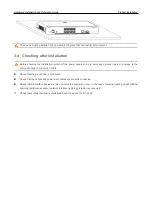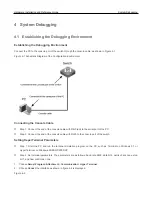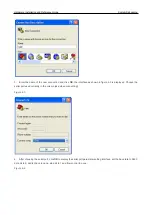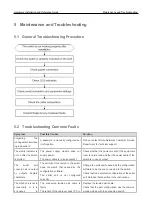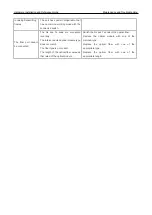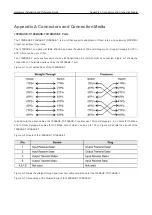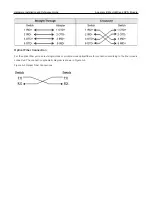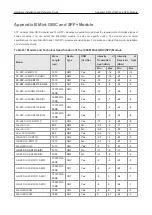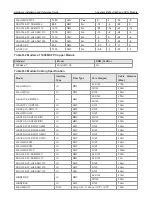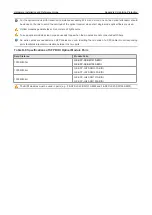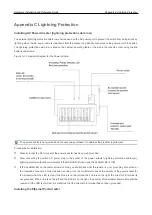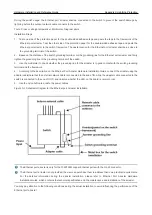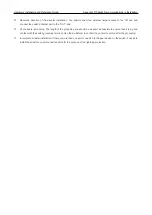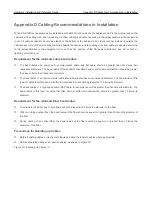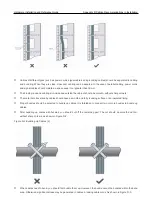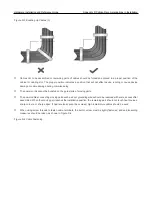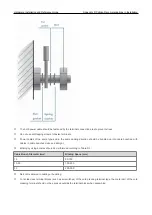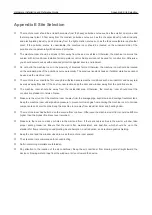
Hardware Installation and Reference Guide
Appendix D Cabling Recommendations in Installation
Appendix D Cabling Recommendations in Installation
When XS-S1920 series switches are installed in standard 19-inch cabinets, the cables are tied in the binding rack on the
cabinet by the cabling rack, and top cabling or bottom cabling is adopted according to the actual situation in the equipment
room. All cable connectors should be placed at the bottom of the cabinet in an orderly manner instead of outside the
cabinet easy to touch. Power cables are routed beside the cabinet, and top cabling or bottom cabling is adopted according
to the actual situation in the equipment room, such as the position of the DC power distribution box, AC socket, or
lightning protection box.
Requirement for the minimum cable bend radius
The bend radius of a power cord, communication cable, and flat cable should be greater than five times their
respective diameters. The bend radius of these cables that often bend or suffer removal/insertion should be greater
than seven times their respective diameters.
The bend radius of a common coaxial cable should be greater than seven times its diameter. The bend radius of this
type of cables that often bend or suffer removal/insertion should be greater than 10 times its diameter.
The bend radius of a high-speed cable (SFP cable, for example) should be greater than five times its diameter. The
bend radius of this type of cables that often bend or suffer removal/insertion should be greater than 10 times its
diameter.
Requirement for the minimum fiber bend radius
The diameter of a fiber tray to hold fibers cannot be less than 25 times the diameter of the fiber.
When moving an optical fiber, the bend radius of the fiber should be equal to or greater than 20 times the diameter of
the fiber.
During cabling of an optical fiber, the bend radius of the fiber should be equal to or greater than 10 times the
diameter of the fiber.
Precautions for Bundling up Cables
Before bundling cables, correctly mark labels and stick the labels to cables where appropriate.
Cables should be neatly and properly bundled, as shown in Figure D-1.
Figure D-1 Bundling Up Cables (1)

